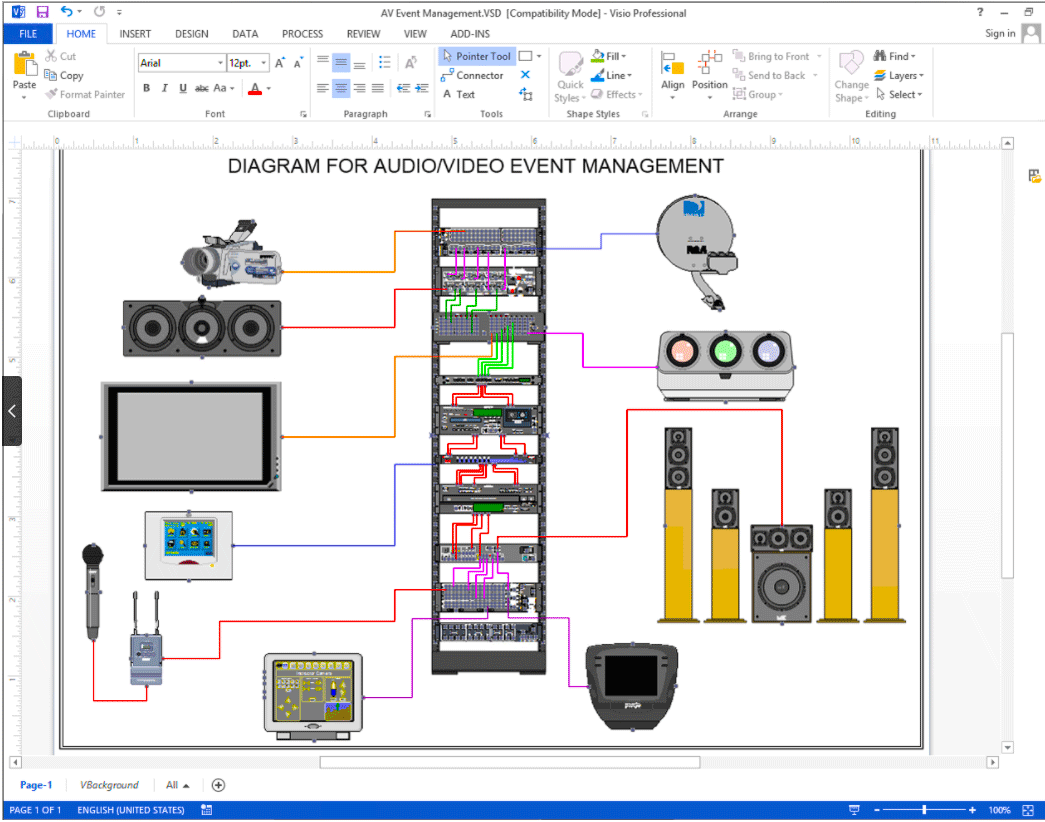Mastering the Essentials of Audio Flow in Audiovisual Devices for Optimal Output
Wiki Article
To comprehend the way AV devices works, it is essential to grasp the concept of signal flow. The signal flow denotes the route that audio and visual transmissions follow from their source to their destination. This journey starts with input devices devices microphones and cameras, which capture sound and visuals. Grasping this process is crucial for individuals who desires to guarantee maximum functionality during events, concerts, or any occasion that depends on AV technology.

The first step in signal involves input devices that collect data. For instance, a microphone transforms sound vibrations into electric signals. Likewise, a camera transforms illumination into video data. These devices function as the initial point for any audiovisual configuration. Once the signals are gathered, they must be sent to a mixing console or a control system that assists to manage the multiple inputs. This component is responsible for modifying levels, incorporating enhancements, and ensuring that the transmissions are clean and distortion-free before they move on to the subsequent stage.
After the mixer, the data must be sent to power amplifiers and processors. Power amplifiers increase the intensity of audio transmissions, making them louder and stronger. On the other hand, visual processors improve the quality of the image information. These elements are vital for preserving the integrity of the transmissions as they move through the system. Adequate amplification and tuning guarantee that both sound and video results are of top quality, which is critical for audience involvement and total experience.
The subsequent stage in signal is the output stage stage, where the enhanced signals are delivered to output, such as speakers and projectors. Loudspeakers change electrical transmissions back into audio, allowing the spectators to hear the audio distinctly. Projectors display image information on a screen, rendering it accessible to all in the location. The way these output devices are set up can greatly impact the entire performance of the AV system. For instance, the placement of speakers can influence how sound travels through a space, influencing how well the audience perceives the audio.
Ultimately, overseeing the signal flow is crucial to guarantee all components operates smoothly during an event. Technicians often use oversight equipment to verify volumes and make adjustments in real-time. This supervision assists to detect and resolve potential issues that may occur, such as echo in sound Resources or degradation in video. By mastering the essentials of signal flow, AV technicians can guarantee that every event operates smoothly, delivering a high-quality experience for all participating. Grasping this process not only enhances technological abilities but also fosters a greater understanding for the intricate systems that make view audiovisual encounters feasible.